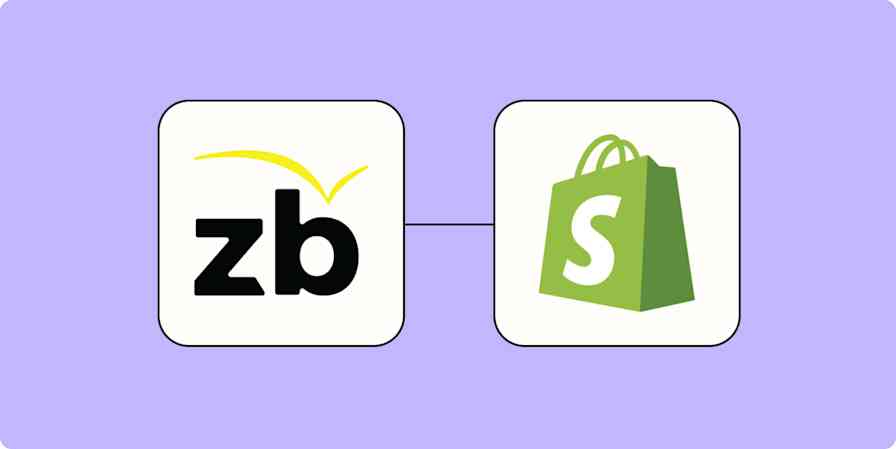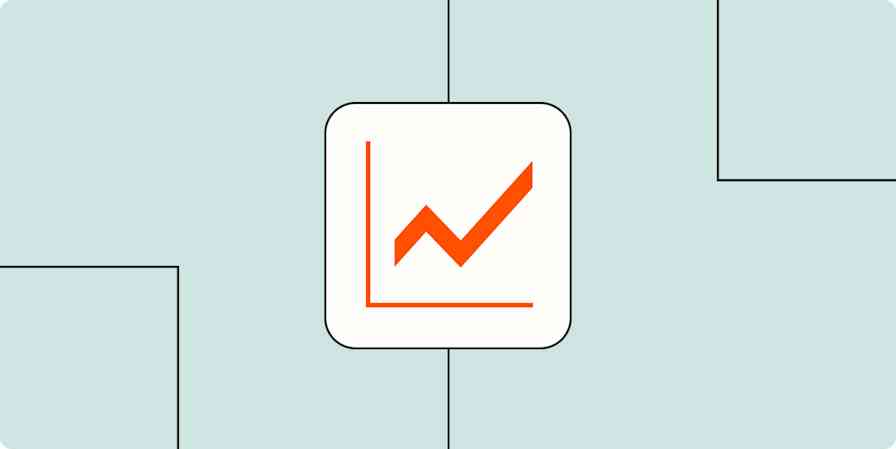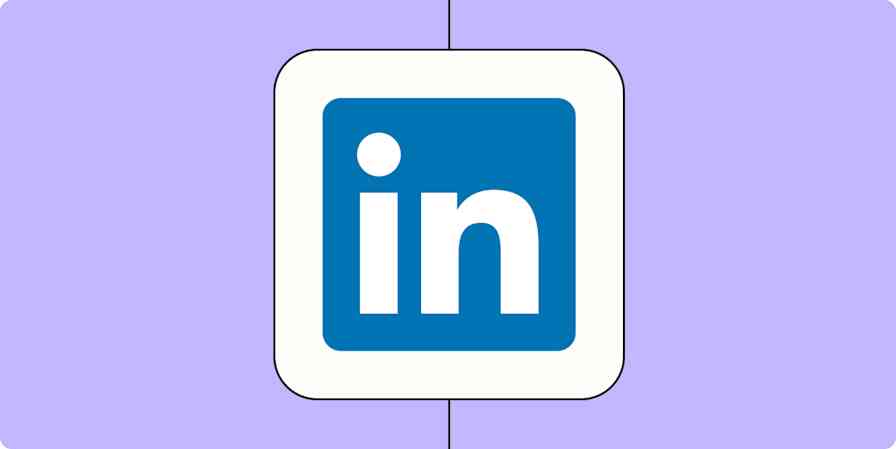One of the most important parts of running a successful business is getting feedback from your clients. I mean real feedback. The kind that comes from asking the right people the right questions.
Real feedback helps you:
Write better copy by reflecting your customers' words
Understand the pains and objections of your audience
Create a better product or service
When asking people what they think, if you don't dig deep enough, you end up with surface-level feedback. That might make you feel nice, but it doesn't help you improve and grow your business.
For our content and document collection product, Content Snare, we use feedback from clients in almost every decision we make—across marketing, onboarding, and product development. The feedback has to be good, or we'll end up making decisions based on bad info.
Spoiler alert: Some of the best and most honest feedback we get comes from people who just canceled their accounts.
Here's how we get real, quality feedback, including how we decide who to ask for feedback and the questions we ask them.
Why bother talking to customers who left?
Put simply: they'll give you some of the best feedback that you'll ever get.
The hardest part about collecting feedback is getting people to be honest. That sounds bad... but it's not because people are inherently dishonest. They're mostly just too nice and don't want to hurt your feelings.
Clients who have just left are more likely to be disgruntled—and more likely to be real with you.
Even better, there's a wow factor when they see how active and hands-on you are with your clients. This can often lead to them coming back later or even becoming an advocate—referring others to you.
Why would canceling customers even talk to you?
I hear you asking, "Why would these people even talk to me?"
When someone has decided not to work with you anymore, why on earth would they spend part of their day just having a conversation with you?
Believe it or not, some people just like being helpful. They also like being heard.
When we first began inviting people to a call after canceling, I didn't expect anyone would do it. But they did.
Another option is to create an incentive. For example, offer an Amazon voucher for anyone who says yes to a call and shows up. While I don't think this is necessary, it's been working for us so far.
What to ask
The hardest part of getting quality feedback is getting people to be honest. As I mentioned earlier, people don't want to hurt your feelings. They also don't want to end up in a confrontation if they give negative feedback. So, right from the start, you need to make it very clear that you want raw feedback.
Ask them to be brutal
One of my favorite ways to encourage this is to lead with language like:
"I want you to be brutal here. You won't hurt my feelings. The more brutal the better—as this is what we need to hear to actually improve our product."
It seems to lower their guard and make it clear that there won't be any backlash if they say something negative.
Of course, you have to be prepared to listen to their negative feedback without getting defensive. Yeah, that can be difficult! But it doesn't look great if you tell them to be honest and then fight them on their responses.
Ask questions about how you can improve
If you ask generic questions like "Do you like our product?" you'll get yes or no answers that are all but useless.
Instead, ask "How can we improve xyz?" or "How can we do xyz better?"
These questions are magic.
I use this format nearly every time I ask for feedback, whether it's about onboarding for our product ("What was the hardest part of getting your account set up?") or looking for people's impressions after I speak at events ("What parts were the hardest to understand?").
Open-ended, opinion-based questions are great because they encourage the person to talk about negative things but with a positive spin. They're fun to ask in person because you'll see the thought process they go through. They start to give a generic response, stop, process what you actually asked, then give a thoughtful response.
It's not a question they are used to hearing.
This is exactly what you want.
Best ways to collect feedback
There are lots of different ways to collect feedback and they result in very different responses. Let's look at a few of them.
Surveys
Surveys are a simple, obvious way to get feedback. Some of the benefits to this method include:
They are easy to set up.
No one needs to take time to schedule customer interviews.
It's easy to report and review results. If you have loads of responses, you can export them into a spreadsheet for analysis.
They can be automated. You can easily send a survey to everyone that cancels their service using Zapier.
But they're not without shortcomings. Surveys are:
Less personal. It's hard to turn customers into advocates when they're just filling out a survey.
Generally surface level. You can't dig deeper into individual answers.
More likely to be used by people who want to rant about a bad experience. (This can also be a positive. Someone who may struggle to give brutally honest feedback in a conversation could feel more comfortable with delivering negative comments in a survey.)
As for the tool you choose, there are a ton of different ones out there but I tend to gravitate towards Typeform and Gravity Forms when collecting feedback.
Email is a middle ground between sending a survey and getting on a call.
Some of the positives to emailing your customers to ask for feedback are:
Email is asynchronous. You and your clients can answer in their own time.
Email is familiar. Everyone can use email.
It allows you to dig into individual issues, though that requires a few emails back and forth.
On the negative side, email is:
Hard to track if you have a lot of feedback.
Time-consuming when threads go on and on.
Still somewhat surface level. It's hard to gauge emotion in text format.
Calls and Meetings
Finally, we have the most personal format of the lot, and the way I'd recommend.
Calls are great because they:
Are in real time, allowing you to dig deeper into each problem and get to the core issue. This alone makes them worth doing.
Include sub-communication. You can hear when people hesitate and pick up on emotion in their voice or changes in body language, if you're on a video call.
On the flip side, calls:
Are time-consuming and hard to do on a large scale.
Are so personal that people might be reluctant to be as honest as you want them to be.
Require note-taking and/or transcription.
Combine methods for greatest effect
While I recommend calls and meetings, there's nothing stopping you from using a combination of all of the above. In fact, that's what we do across our business.
We use surveys when asking for feedback immediately after our signup process, and when we're asking lots of people for feedback. In these instances, getting on so many calls would require too much time.
But, based on these answers, we reach out to some people by email for a short exchange, and eventually may invite them to a call. Most people will just fill out the survey, some will have a chance to offer more in an email, and a select few will go through all three stages.
However, for what we believe is the most important feedback, we jump straight to a call. For us, this includes when an important customer leaves, or when a large organization signs up for a trial. In the next section, you'll learn how this can be partially automated.
How to automate your feedback process
There are parts of the process that can't or shouldn't be automated (you probably don't want to ask your customers to talk to a robot). But there are several manual parts of the process that you can eliminate with a few tools and, of course, Zapier.
There are two parts:
Create a feedback list. Automatically add feedback from multiple sources into one spreadsheet or Airtable.
Invite select customers to a call. Automatically email select customers to invite them to a call.
Let's dig into these.
Create a feedback list
First, centralize all your feedback that comes through surveys.
For us, that comes in a few ways:
Surveys when people sign up for our product
NPS scores & comments from Wootric
A box that people type cancellation reasons into as they cancel their subscriptions
We want to be able to scan all of that in one place. This requires one Zap for each place we collect feedback.
Our cancellation form is a single text box that requires a minimum of 10 characters. We send this to a Zapier webhook, which looks like this:

The result is an Airtable record that looks like this.

The customer data has been blurred, but we bring this info into the table:
Customer name and email
How long they've been a subscriber
Where the feedback came from
What they said
This makes an easily scannable list of all your feedback.
Next, create a column that allows you to select an option from a list, like this:

In the next step, we'll use this to automatically send out emails.
Finally, create a view in Airtable that excludes any rows where you have selected "Ignore" or "Ask."
This will hide any feedback that you've already checked.
If you use a form app like Jotform, Typeform, or Gravity Forms at this stage, you can also use Zapier to automatically send those responses to Airtable or a spreadsheet like Google Sheets or Microsoft Excel.
Invite select customers to a call
As you look through the list, you can decide which people you want to speak to based on what you see in the table. For example, if someone on a higher-paying plan who has been a subscriber for a long time has just canceled their account, they are probably a good person to speak to.
If you decide that you don't want to get on a call, just select the "Ignore" option and they'll be hidden.
But if you select the "Ask" option, we use Zapier to automatically email them and invite them to a call.
That workflow looks like this:
When a record is updated in Airtable
Use a filter to check if the Status column is "Ask"
If yes, set the Status to "Emailed"
Send an email to the customer from Gmail

Our email template looks like this:

Here we provide an incentive for the person to hop on a call (the voucher) and of course use Calendly to allow the person to book in a time that suits them, quickly and easily.
Other options
This is how we automate this process. There are many other ways to approach this challenge, no matter what tools your company uses. Here are a few ways to automate parts of your feedback collection process:
Add responses to a spreadsheet or database
Collect new Typeform responses as rows on Google Sheets
Create rows in Google Sheets for new Gravity Forms submissions
Automatically send emails based on changes to spreadsheet rows
Send emails via Gmail when Google Sheets rows are updated
Send Microsoft Outlook emails for new updated rows in a Microsoft Excel sheet
Send Gmail messages for new Airtable records in views
Taking it further
If you want to get even more sophisticated with how you automate your feedback collection process, here are some ideas to try:
Use Zapier's Paths feature to send a different email depending on the type of feedback. For example, you might have a different email for positive and negative feedback.
Use a tool like FollowUpThen to automatically bounce emails back to your inbox if customers don't reply. You would add your FollowUpThen email address to the "bcc" field in the Zap you use to send the email.
Use Otter.ai to automatically transcribe your calls and create a searchable archive of your calls
Don't shy away from asking for feedback
Getting on calls with customers results in some of the best feedback you'll ever receive. You'll learn things that truly help you create a better business that helps more people. There's a lot of work involved in organizing calls and evaluating results, but automation techniques like you've just learned can help. All you have to do is regularly scan through the feedback list and choose which people you'd like to talk to. Then just show up to the call.





